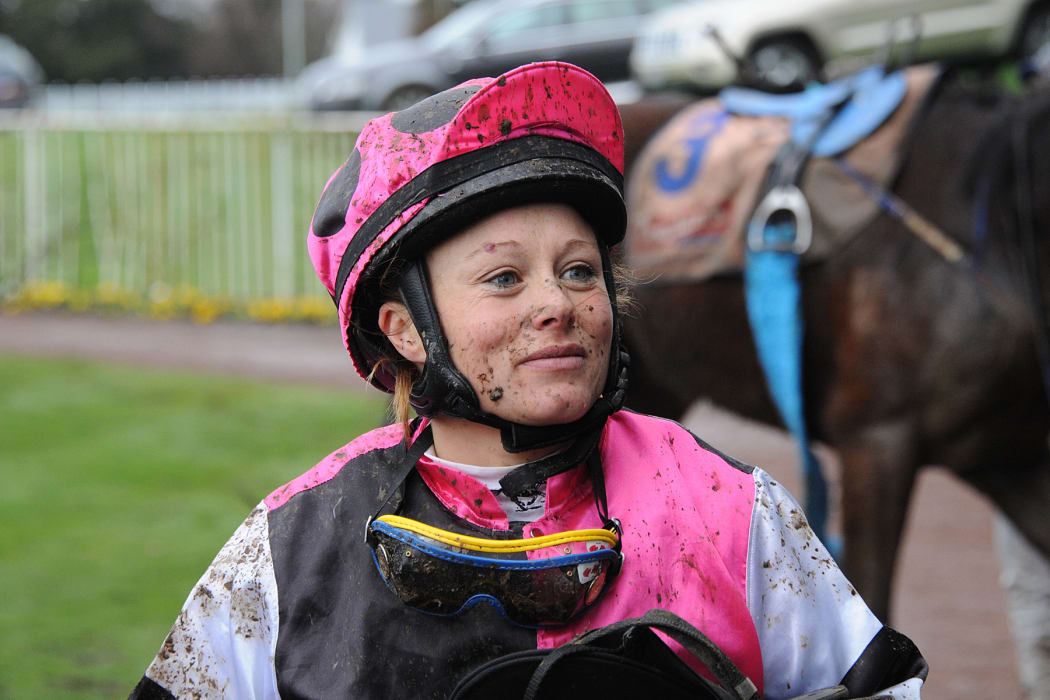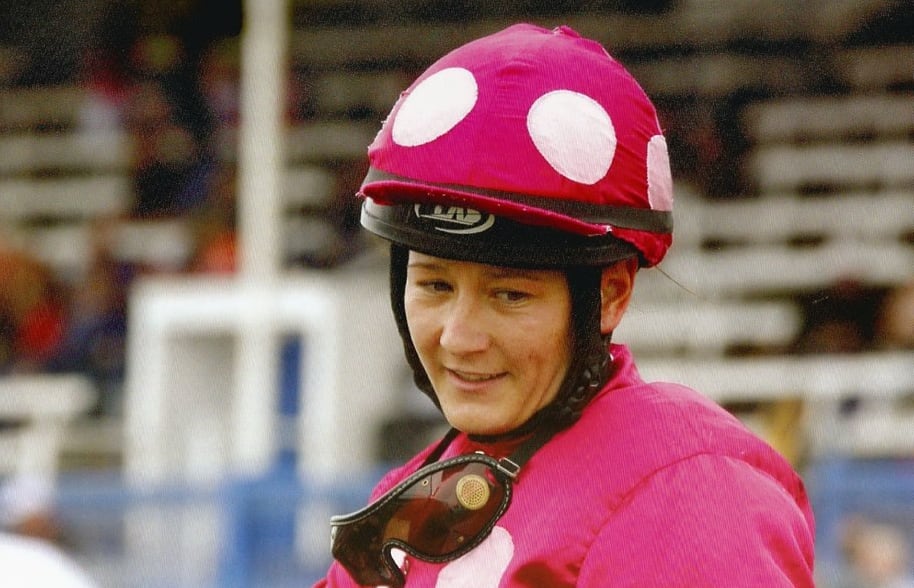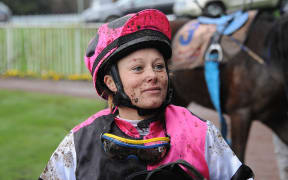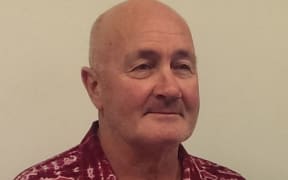Analysis - Jockeys know the risks each time they hop in the saddle. They ride horses weighing hundreds of kilograms, running more than 70km/h in tight bunches on grass tracks.
To win, they must push their animals to the limit and make snap decisions. Sometimes things go wrong.
The death, at the weekend, of Southland jockey Rebecca Black, 40, has brought the safety of thoroughbred racing to the fore.

Rebecca Black Photo: Supplied / New Zealand Thoroughbred Racing
Black was competing in a race at the Tapanui Racing Club event in Gore when her horse, Point Proven, fell just after 4pm on Sunday. Two of her children were at the event.
New Zealand Jockeys' Association president Dave Taylor understood Point Proven's hooves clipped those of the horse in front, causing it to stumble and fall. The rider behind Black, Terry Moseley, had "nowhere to go". Both horses and riders fell. Moseley walked away uninjured.
According to reports, Black, from Riverton, gave up riding for more than a decade after several falls, but got her apprenticeship about five years ago and rode as a senior jockey. She rode more than 100 winners in the South Island.
Her death was all too "close to home" for Lockey Mundy, whose daughter, Ashlee, died in a race in Kurow in 2012.

Ashlee Mundy died after falling from her horse during a race in Kurow. Photo: Supplied
Ashlee Mundy, 26, was projected at speed from a height of about 2m onto the track, landing on her head, after her horse's hooves clipped those of another horse.
The coroner who investigated her death made no safety recommendations, noting horse racing was inherently dangerous.
After Black's death on Sunday, some could worry New Zealand's record is beginning to resemble Australia's horror 14 months of female jockey deaths.
Simone Montgomerie died in Darwin in 2013; Carly-Mae Pye died during a jump in Rockhampton, Queensland in 2014; Desiree Gill, 45, died in a fall in the Sunshine Coast in 2013; and teenager Caitlin Forrest died in a fall at Murray Bridge in 2014.
Their deaths raised questions about racing safety in Australia and sparked calls for an industry safety review.
But Mr Mundy put it down to "horrible coincidence" that both Black and Mundy were women and died on South Island tracks.
There are about 90 registered jockeys and 40 apprentices in New Zealand. About a third are women. Most race meets, of which there were more than 2000 last season, were in the North Island.
"If a horse goes down, women are just as capable of riding out a fall," Mr Mundy said.
"She [Ashlee] was very careful ... no doubt Rebecca was too."
Senior jockeys walked the tracks if there were safety concerns and clubs "don't hesitate" to call off a race, Mr Mundy said.
New Zealand Thoroughbred Racing (NZTR) started a database of race day incidents after a coroner investigating a jockey's 2005 death criticised the organisation for being unable to "tell me how big the problem was".
The apprentice jockey was Sam McRae, 16, of Invercargill. He died of head injuries after he fell at Riverton Racecourse, in Southland. Again, his horse's hooves clipped those of another horse. One of his feet was caught in a stirrup and he was dragged about 900m.
In his report, Coroner Trevor Savage said dragging incidents were frequent enough to be considered a "significant hazard".
In 2002, Ray Hewinson died after a fall in a hurdle race in Ashburton. The same year, Timaru jockey Jo McGartland, 25, died when she was thrown from her horse and trampled by another horse during at a Rangiora race track.
NZTR chief executive Greg Purcell said, as well as the casualty database, incidents were reported monthly to the board.
An analysis was happening now, he said. It covered factors including gender, levels of experience, horses and tracks. Mr Purcell expected the results within months.
Looking at the four Australian deaths, Mr Purcell said it was easy to jump to conclusions, but New Zealand was "very different".
"New Zealand probably has the highest level of female participation in the world."
He did not believe South Island tracks were worse than those in the North Island.
When asked if Mr Purcell would make the results of the NZTR analysis public, he said, "I expect we will".
Mr Purcell said NZTR would provide "any support we can" to Black's family and implement any recommendations from the various inquiries into her death.
Mr Taylor felt the current safety standards were enough. Riders must wear approved helmets and vests while racing. Ms Black wore both. While track maintenance was an issue to look at, it was not a factor in the latest deaths.
Jockeys knew the risks, but "once it gets into your blood, it's what you live for", Mr Taylor said.
"Every time they go to ride there is always the possibility of a fall. There probably are a good number of those. Quite often, they get up and walk away."
"It's the roll of the dice sometimes."




